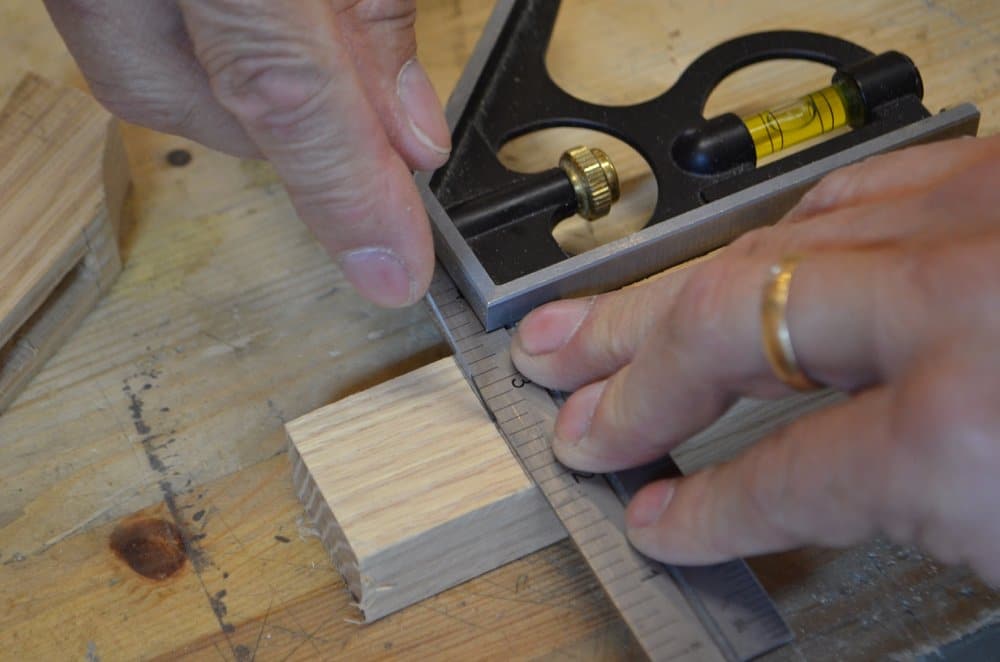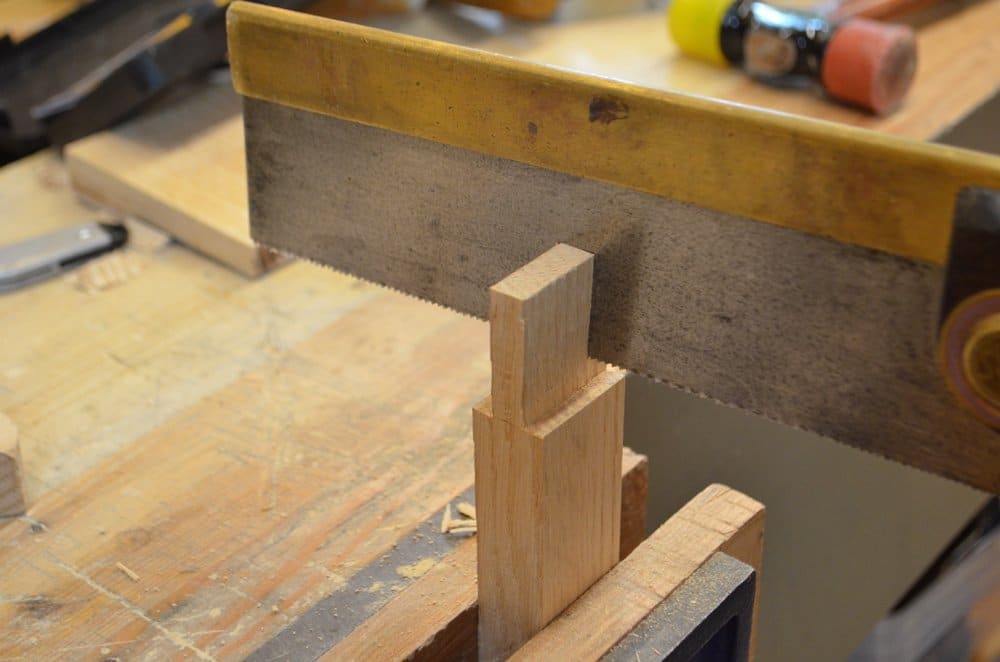New YouTube Video – Making the Mortise and Tenon


So recently we have posted some YouTube videos detailing exactly what I taught. I hope you enjoy this one on making the mortise and tenon joint in oak.


So recently we have posted some YouTube videos detailing exactly what I taught. I hope you enjoy this one on making the mortise and tenon joint in oak.
Comments are closed.
You must enter certain information to submit the form on this page. We take the handling of personal information seriously and appreciate your trust in us. Our Privacy Policy sets out important information about us and how we use and protect your personal data and it also explains your legal rights in respect of it. Please click here to read it before you provide any information on this form.
Thanks Paul for making the things so easy.
All the best
I have to ask: what is in the three small drawers behind the quite large plane in the background?
I have questions (the most foolish question is the one not asked):
1. Why would you not use a knife wall along the long side of the mortise. Understood that the chisel can govern the width, but wouldn’t a knife wall ensure the straightness of the mortise edge. It might wander due to grain or worker’s inexperience (like, me)?
2. For the tenon, if you guide the plate until the kerf guides it, if I might be using a frame saw for the cut, how wide should the blade be (and how deep the kerf) for that kerf-guides-the-saw-cut to be effective? (I ask this because I am still undecided as to saw purchases. It would possibly involve the difference between a backsaw plate and a thin, high tension blade.)
3. Finally, cleaning the inside of the mortise as you did seems as if it would leave a rough inside surface. If I had a fine cutting float (and I would if I choose that method to make a wooden moulding-style plane), wouldn’t a few careful passes leave a better surface for glue?
Finally, I love the use of that particular hand router to shave and level the shoulders.
Thank you for this lesson.
— Jeff
1) I have found long grain knifewalls to mortises of little value. Generally, knifewalls are to sever the grain across the grain because ot cannot be done any other way without tearing the grain.
2) The blade width should be 1/2″ or more but no more than 1 1/2″ is necessary. We have a video coming out on woodworking masterclasses and youtube very soon on making these frame saws and they cost so little to make you cannot not make one.
3) This will depend on the wood type and the accuracy of your workmanship. No, it is not usually rough inside the mortise but if the wood is fibrous it will leave some fuzziness to the walls. This is not negative though. It simply adds a little compression between the parts and the glue surface with the slight fuzziness is an advantage in my view.
My workmanship after all these years, in all modesty, is appalling. Actually, I would have thought that a rougher mortise wall would impede glue adhesion. Your correction of that is good to know.
I fully intend to make one or more framesaw, and am looking forward to how you do it and most especially how you will equip your saw with blades.
This pursuit of woodworking after retirement has been very good for me. My mind is fully engaged when I am using my hands, and also when I am not. A fully engaged mind puts off some nasty things as we age, something my father never learned. I watched him (and tried unsuccessfully to engage him) and learned from his outcome.
Thank you again for being a teacher.